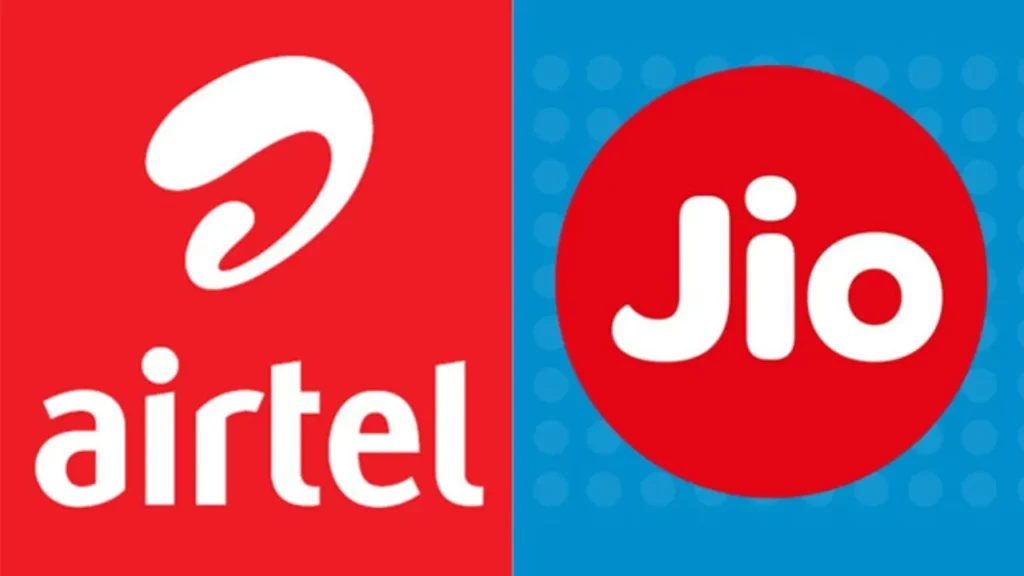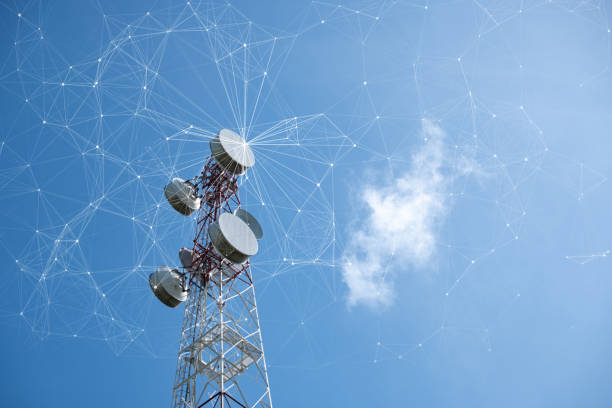Your mobile bills may increase this year: Telecom companies may increase mobile bills this year. There are a number of reasons for this. Here we look at the reasons behind the price rise, when the prices may go up, what may and what may not, and other likely factors.
Mobile bills in India have also risen more than in other countries since the pandemic. The cost is up 28 percent from 2019 levels. In India, people shell out close to 1.1 percent on their bills compared to 0.7 percent in China and the United States. The data is considered a mobile data and voice low consumption basket.
Likely timeline for your mobile bills to go up

Mobile companies are likely to increase mobile bills by the middle of 2023. “With 5G related ARPU (average revenue per user) uplift likely to be insignificant in near future, 4G prepaid tariff hike remains the most important ARPU lever for telcos. We see a higher probability of 4G prepaid tariff hikes in mid-2023,” told brokerage firm IIFL Securities in a report. It further added that pushing tariff hikes closer to the 2024 elections raises the risk of political backlash.
Both prepaid and postpaid plans are likely to go up
Carriers may ask for price increases on both prepaid and postpaid plans. Analysts believe that even postpaid users may see some increase in plan plans as the contribution of postpaid revenue continues to decline. In India, the last prepaid mobile bills hike was announced in November 2021. Vodafone Idea had then taken the lead to raise mobile service rates by up to 42 percent, Bharti Airtel and Reliance Jio followed Vodafone-Idea in raising tariffs.
No separate price hike on 5G plans

both Airtel and Reliance Jio have made it clear that they have no plans to offer 5G as a premium service. This means that the user can continue to use his 5G service on his existing cellular plan. Yes, a minimum rate plan is required to use 5G service and is available now. Both Airtel and Reliance Jio offer 5G service on prepaid plans above a certain price.
Why do your mobile bills go up?
All domestic telecommunications companies are committing high annual payments for spectrum costs and are investing in expanding their 5G networks. For all of this, analysts say it needs to ensure average revenue per user (ARPU) growth. He expects ARPU to improve with the rollout of 5G, but it could take several quarters, if not more, and in the meantime, tariff increases seem a more viable option.
Important Update for Reliance Jio and VI Users

All three companies have to raise their prices. Vodafone Idea needs a rate hike above 25% in the short term to cover upcoming debt servicing, and by 2027 will need to make even more significant hikes to cover the Indian government’s fees. Reliance Jio’s parent company, Reliance Industries (RIL), has suggested that the telecommunications company may seek a public listing within the next 18 to 24 months. Analysts said this would require an improvement in earnings before interest, taxes, depreciation, amortization (EBITDA), and free cash flow. For Airtel, spending on 5G infrastructure is increasing the company’s capital expenditures (CapEx), making it important to raise rates for long-term financial viability.
Note:-
Presently, some of the cheapest prepaid plans from Airtel include Rs 155, Rs 121, and Rs 179 plans. For Reliance Jio, plans include Rs 155 and Rs 209.
Capital expenditure of Reliance Jio and Airtel to go up

The year 2023 is expected to be the year of peak capex for telecom companies as they continue their 5G rollout plans. Airtel’s capex is expected to be around $7 billion (Rs 58,000 crore) if it decides to forgo bidding for the 700 MHz frequency in the 2023 telecom spectrum auctions. If it does bid for the low-frequency band, its capex could be as high as $18.6 billion (Rs 1.53 trillion).
Also, read | Zomato CTO Gunjan Patidar steps down



